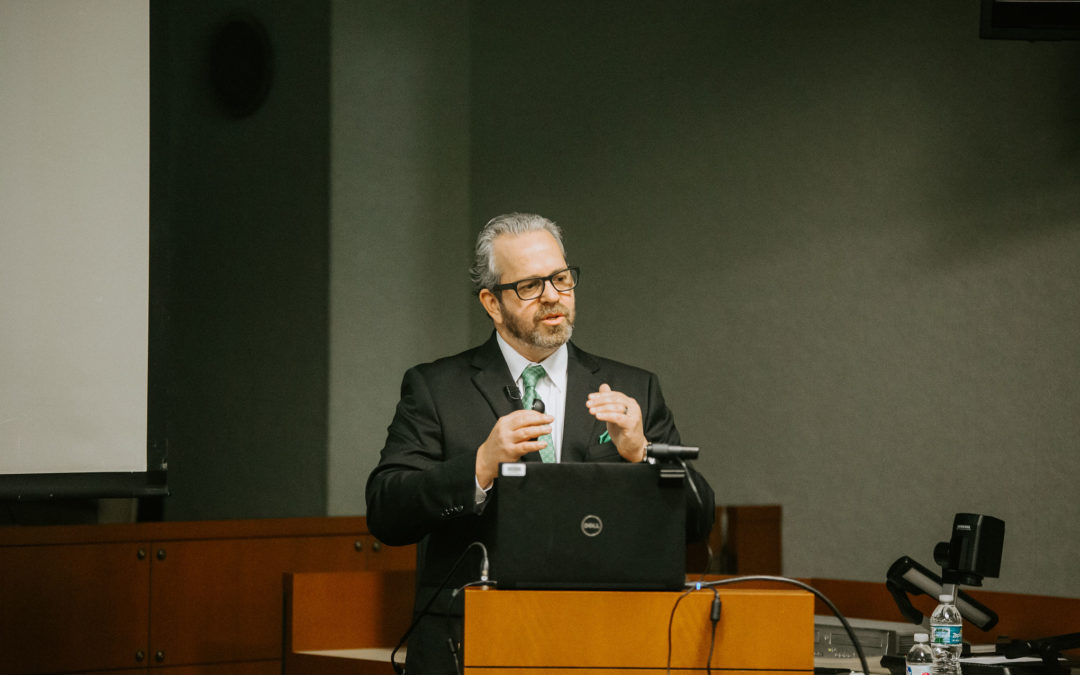A migraine typically occurs on one side of the head and can result in significant pain or a throbbing, pulsing sensation. Migraine sufferers often also experience nausea, vomiting, and increased sensitivity to light and sound. Migraines can have a duration from hours to days, and the pain can be so severe that it interferes with or completely prevents participation in daily activities.
An aura is a warning symptom that can occur before or during the headache. An aura may manifest as vision problems or tingling on one side of the face or in an arm or leg. Patients may even have difficulty speaking coherently.
Did You Know? Migraine is the third most prevalent illness in the world and the sixth most disabling. Healthcare and lost productivity costs associated with migraines are estimated as high as $36 billion annually in the United States alone. Migraine Research Foundation
Although prescription medications can help some migraine sufferers, they often prove inadequate to stop the migraine. Many of those afflicted find themselves searching for self-help remedies to find relief. Lifestyle changes, such as cutting down on sugar or caffeine, may help as well.
Migraines can begin at any point during one’s life. They typically progress through four stages: prodrome, aura, attack, and post-drome. Not everyone who experiences migraines goes through all stages.
Prodrome: Between 24-48 hours before a migraine arrives, many people notice subtle changes in their body, including food craving, increased thirst, constipation, yawning, or neck stiffness. Patients may also experience mood swings, ranging from depression to feelings of euphoria.
Aura: Aura can occur either before or during the migraine event. Auras are usually visual and can also include other disturbances that can last from a few minutes to an hour or more. Examples of migraine aura symptoms include seeing various shapes, bright spots, or flashes of light; vision loss; “pins and needles,” difficulty speaking, jerky movements, or hearing noises.
Attack: A migraine typically lasts from four to 72 hours if untreated. The frequency of migraines will vary from person to person. A patient may experience throbbing or pulsating pain (usually on one side of your head), sensitivity to light, sound, smell, and touch, or nausea and vomiting.
Post-drome: After a migraine subsides, an individual may feel drained, confused, and wiped out for a day or two. This may be protective, as sudden movement often brings on the pain again.
A 2020 survey from Healint estimated that 30% of people who suffer from migraines are already utilizing medical cannabis with various levels of THC or CBD. This survey backs up results from a 2019 Washington State University study which showed that inhaled cannabis could minimize the intensity of migraines.
Current Medical Cannabis Study
UC San Diego Health is conducting a randomized, double-blind, placebo-controlled clinical trial, looking into the efficacy of cannabis as a migraine treatment. It is said to be the first study of its kind. As of this writing, 20 participants are enrolled to self-administer vaporizer treatments four times during migraine episodes. The four treatments to be examined are CBD, THC, a combination of THC/CBD, and a placebo. The researchers are looking for 70 more participants between the ages of 21 and 65. For those looking to join the study, there are a few stipulations:
* Agree to not use cannabis outside of the study parameters
* Agree to abstain from opioids or barbiturates
* Agree to abstain from using a motor vehicle within 4 hours of self-administration of medical cannabis
Participants will measure outcomes based upon their level of pain relief, the presence of light and sound sensitivity, and nausea. Patients will report results at 1 hour, 2 hours, 24 hours, and 48 hours.
The clinical trial began in November of 2020 and will run through December of 2021. It is being funded by the Migraine Research Foundation.
Studies of this kind are critically needed to establish the efficacy of medical cannabis for migraines and other medical conditions. For more information on how to integrate cannabis into your medical treatment plan, call Dr. Daniel P. Stein of Neurology of Cannabis.

